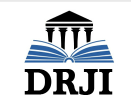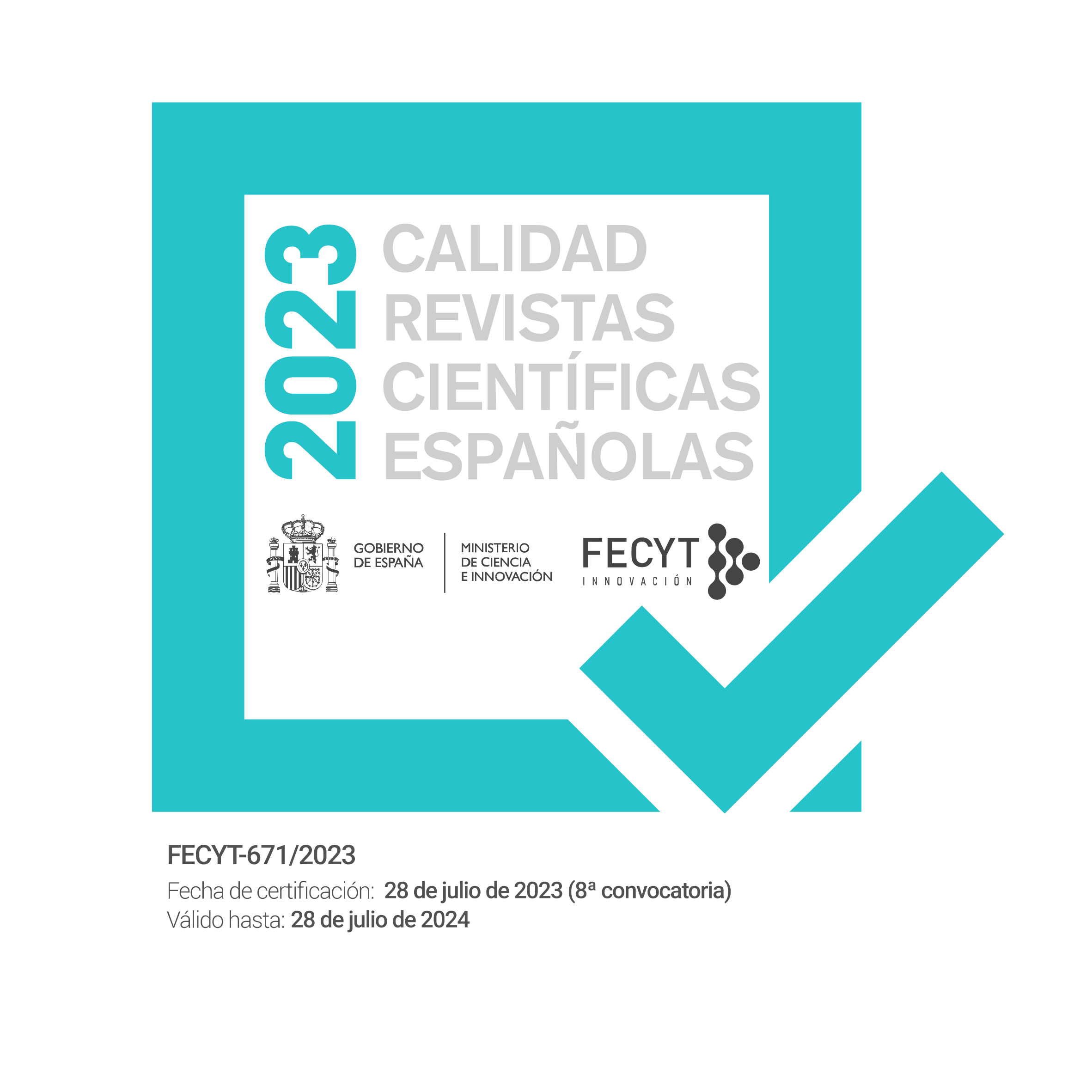The Unmaking of Roma Students: Contributing from a Critical and Engaged Ethnography
DOI:
https://doi.org/10.17561/tahrj.n7.5Keywords:
Roma students, education, engaged ethnography, collaborative research, teacher narrativesAbstract
In this study, the focus is put on the process by which the different educational actors – in this case mostly teachers – produce the image of Roma students and how a critical and engaged ethnography can show how ideas related to Roma culture, identity and integration play a role in the making of Roma students. Through this we can understand more thoroughly how the processes through which the categories that are meant to interpret the complexity of social processes or bring about positive changes become instruments that actually reinforce discriminative practices.
References
AGAMBEN, G. (1996/2008). “Che cos`è un campo?”, In AGAMBEN, G.: Mezzi senza fine. Note sulla politica. pp. 35-41, Bollati Borenghieri, Torino.
AGIER,M. (2002). “Between War and City: Towards an Urban Anthropology of Refugee Camps” Ethnography 3 (3), pp. 317–341.
https://doi.org/10.1177/146613802401092779
BAKÓ B. (2009). “Mentális határok. A csobánkai romungro gyerekek iskolai kudarcai.”, in BESZÉLŐ 14. (11), pp. 14-26.
BARACSI, K. (2016). “Engaged and collaborative research on urban margins: reflections on research positions, relations and categories”, Conference paper, presented on June 10, 2016 in Bergamo at the Ethnography and Qualitative Research Conference (in file with the author).
BELMONTE, T. (1974/1983). “La fontana rotta”. Vite napoletane,
CAIRNS, K. (2013). “Ethnographic locations: The geographies of feminist post-structural ethnography”. Ethnography and Education 8(3), pp. 323-337.
https://doi.org/10.1080/17457823.2013.792675
CASAS-CORTES, M., OSTERWEIL, M. & POWELL, D. (2013). “Transformations in Engaged Ethnography: Knowledge, Networks and Social Movements,” in JURIS, J. and KHASNABISH, A., eds., Insurgent Encounters, pp. 199-228. Duke University Press: Durham https://doi.org/10.1215/9780822395867-009
DINES, N. (2012a). “Beyond the aberrant city. Towards a critical ethnography of Naples”, Lo Squaderno 24.
DINES, N. (2012b). Tuff City. Urban Change and Contested Space in Central Naples. Berghan Books.
ERICKSON, F. (2006). “Studying side by side: 'Collaborative action ethnography in educational research.'”, in G. SPINDLER & L. HAMMOND, eds., Innovations in educational ethnography: Theory, methods and results, pp. 235–257. Mahwah, NJ: Lawrence Erlbaum Associates
FEISCHMIDT, M., V. MESSING, & M. NEMÉNYI. (2010). “Ethnic Differences in Education in Hungary: Community Study.” EDUMIGROM Community Studies. Budapest: Central European University, Center for Policy Studies.
GOBBO, F. (2009). “The INSETRom project in Turin (Italy): outcomes and reflections”. Intercultural Education, 20 (6), pp. 523-535.
https://doi.org/10.1080/14675980903448569
HOHTI, R. (2016). “Children writing ethnography: children's perspectives and nomadic thinking in researching school classrooms”. Ethnography and Education. 11(1), pp. 74-90. https://doi.org/10.1080/17457823.2015.1040428
CECÍLIA, K. (2011). “A “cigány osztály” és az egyenlőség uralma”. Beszélő, 16(7).
LAINO, G. (2005). “Italy: the Scampia discrict in Naples”, in CIAFFI, D. (ed.) Neighbourhood housing debate. F. Angeli, Milano, pp. 180-200.
MILSTEIN, D. (2010). “Children as co-researchers in anthropological narratives in education”, Ethnography and Education, 5(1), pp. 1-15.
https://doi.org/10.1080/17457821003768406
MCDERMOTT, R. & VARENNE, H. (2006). “Reconstructing Culture in Educational Research”, in G. SPINDLER & L. HAMMOND (Ed.) Innovations in educational ethnography. Mahwah, NJ: Lawrence Erlbaum Associates, pp. 3-31.
PARDO, I. (1996). Managing Existence in Naples: Morality, action and structure. Cambridge University Press. https://doi.org/10.1017/cbo9780511621802
PICKER, G. (2012). “Territori postcoloniali ai limiti. I campi per rom in Italia e Francia tra doxa e storia”, in GALEOTTI, M.E. & CEVA, E. (Eds.) Lo spazio del rispetto. Milan: Bruno Mondadori. pp. 96 –121.
PICKER, G. & PASQUETTI, S. (2015) “Durable camps: the state, the urban, the everyday”. City, 19(5), pp. 681-688.
https://doi.org/10.1080/13604813.2015.1071122
PIERRO, B., FERULANO, E. & BARACSI, K. (2014). “Residence: Nowhere”, Going Nowhere? Western Balkan Roma and EU Visa Liberalisation. Roma Rights Journal, January 2014.
PLESNER, U. (2013) “Building Networks with Vague Intentions: A Vocabulary of Enrolment and Negotiations in Collaborative Research Practice”, in PHILLIPS, L. KRISTIANSEN, M. VEHVILÄINEN, M. & GUNNARSSON, E. (Eds), Knowledge and Power in Collaborative Research: A Reflexive Approach. Routledge, New York, pp. 236-254.
SALETTI SALZA, C. (2003). “Bambini del "campo nomadi". Romá bosniaci a Torino”. CISU.
SAVIANO, R. (2006). Gomorrah, Mondadori, Milano.
SETTI, F. (2015). “The implications of 'naming' on Roma and Sinti right to education and social inclusion: an ethnography of education among a Sinti family network”. Intercultural Education Journal, 26(2), pp. 114-130.
https://doi.org/10.1080/14675986.2015.1023011
SIGONA, N. & MONASTA, L. (eds.) (2006). Cittadinanze Imperfette. Rapporto sulla discriminazione razziale di rom e sinti in Italia. Edizioni Spartaco.
SIGONA, N. (2011). “The governance of Romani people in Italy: discourse, policy and practice”. Journal of Modern Italian Studies, 16 (5), pp. 590-606. https://doi.org/10.1080/1354571X.2011.622468
SIGONA, N. (2015). “Campzenship: reimagining the camp as a social and political space”. Citizenship Studies, 19(1), pp. 1-15. https://doi.org/10.1080/13621025.2014.937643
THAPAR-BJORKERT, S. & HENRY, M. (2004). “Reassessing the research relationship: location, position and power in fieldwork accounts”. International Journal of Social Research Methodology, 7 (5), pp. 363 -381.
https://doi.org/10.1080/1364557092000045294
TROMAN, G. JEFFREY, B. & BEACH, D. (2006). “Researching Education Policy: Ethnographic Experiences”. The Tufnell Press.
VARENNE, H. & MCDERMOTT, R. (1998) Successful failure: The school America builds. Boulder, CO: Westview.
WALFORD, G. (2008). How to do Educational Ethnogprahy. Ethnography and Education. Tufnell Press, London.
ZOLNAY J. (2008) “Pécsi stratégiák”, in Neumann Eszter – Zolnay János (ed.) Esélyegyenlőség, szegregáció és oktatáspolitikai stratégiák Kaposváron, Pécsen és Mohácson. EÖKIK, Bp pp. 49-101.
ZOPPOLI, G. & SAUDINO, F. (2012) “I rom in commune”. I Quaderni del Barrito. http://www.comune.napoli.it/flex/cm/pages/ServeAttachment.php/L/IT/D/e%252F0%252F2%252FD.1bf651902bd496f47151/P/BLOB%3AID%3D17305




























